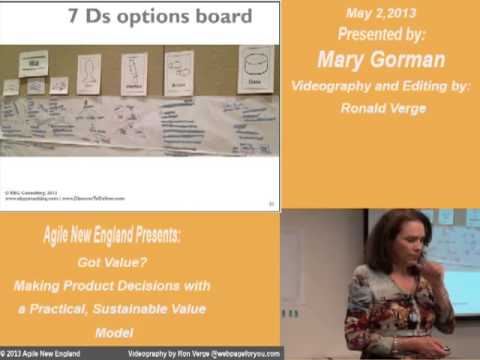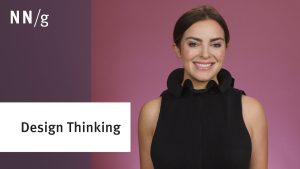
Working with stakeholders (customer, business and technology perspectives) to effectively and efficiently deliver high-value products begins and ends with value. “Value” is the beacon, watchword, end game, justification and mantra for Agile. It is the basis of the big “why”.
Value means fair return in exchange for time, money, goods, or services. One way to assess value can be summarized as IRACIS: Increase Revenue, Avoid Costs (including avoiding loss by protecting revenue), and Improve Service. But that’s not enough. Value is in the eyes of the beholder. Furthermore, value can be tangible (money, market share) and intangible (customer loyalty, desirability, feasibility, differentiation).
You assess value by weighting benefits, costs, and risks, and incorporating value considerations—variables used to assess value of product options. You make product decisions at every turn throughout discovery and delivery based on value, balancing multiple considerations and perspectives. Many agile teams struggle to clearly, concisely and continually use value as the basis for making decisions about what backlog items to pull and plan for. Explore a lightweight framework for collaboratively—and continually—identifying stakeholder values and making value-based decisions on what to build.
[youtube I9hqu3-HmkM]
Video producer: http://www.agilenewengland.org/


